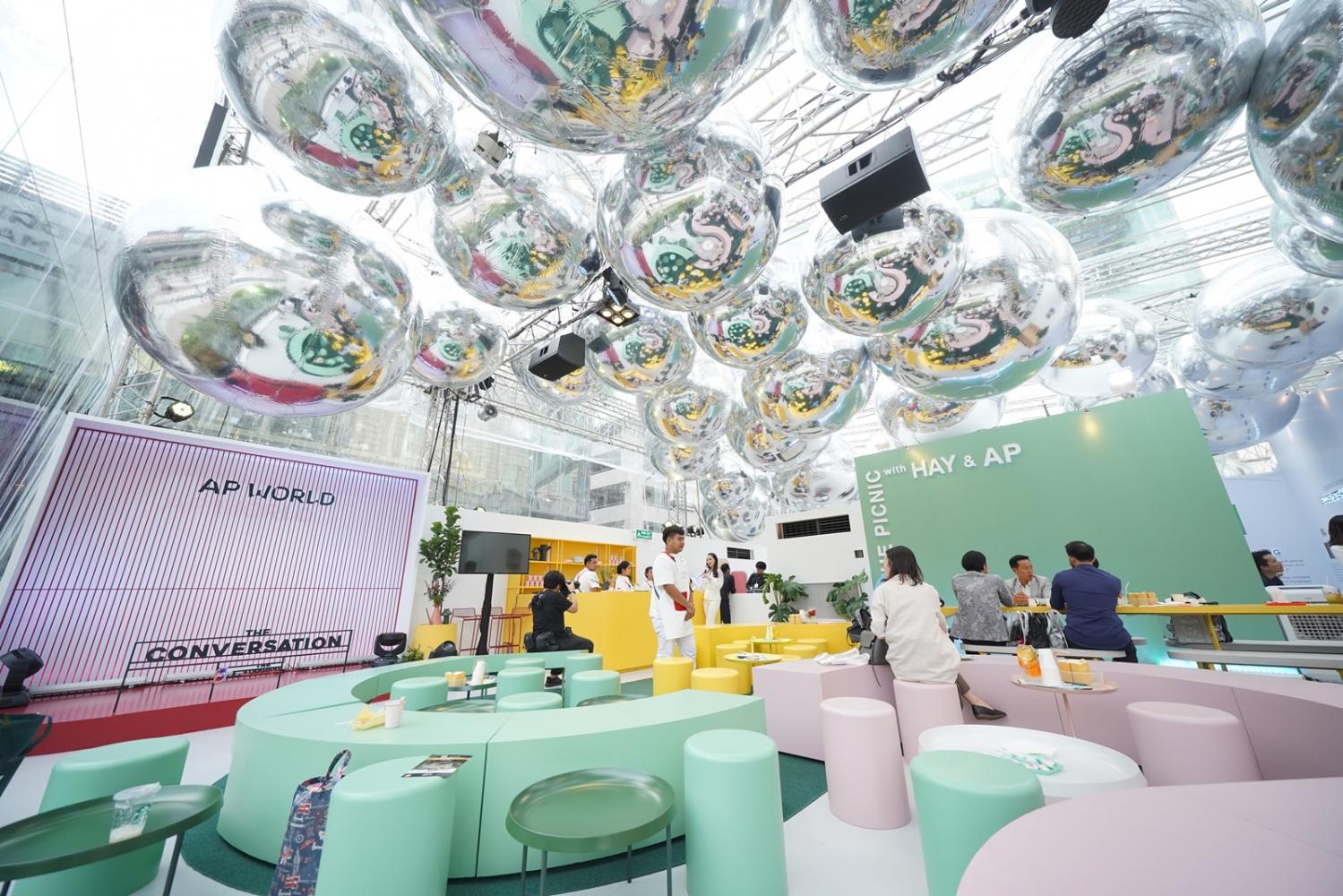Home is where the heart is. After a tiring day outside fulfilling endless daily responsibilities, many cannot wait to head home. But for others, that is not always the case. For them, home is where the tension is.
A lot of people these days enjoy being outside of home because they feel like it refreshes their minds. To find out why these people prefer lives outside their home, renowned Japanese architect Tetsuo Kondo addressed the issue recently in a talk titled "The New Vision For Quality Living", which was organised by AP Thailand -- a leading property development company -- in collaboration with the architect himself. The talk aimed at encouraging modern people, especially those in urban areas, to design their own ideal world.
According to Kondo, it is paramount for people to first start by discovering their living DNA because it enables them to know what kind of environment they enjoy living in.
"Architecture is not only about wall and roof," he said. "I'm trying to create the space that effect how people feel in a good way, which means it should be able to give them happiness."
The seminar took place in a hall inside Siam Paragon called AP World Pavilion, which was specifically designed by Kondo in collaboration with Transsolar, a global climate engineering company, and Supermachine, the Thai front-line design studio based on the ideas of sustainability, sharing and warmth. To cope with Bangkok's strong heat, the pavilion used many floating aluminium balloons as shading devices.

Renowned Japanese architect Tetsuo Kondo. Photo courtesy of AP Thailand
Kondo explained aluminium was chosen as part of the design because it absorbs heat very well. Second, aluminium is reflective, the same as a mirror; that way people are able to feel a variety of emotions depending on different times of the day. On top of that, the pavilion had no border as the walls were transparent.
AP World, according to Kondo, has three design philosophies -- Grow, Flow and Joy. But for him, joy is the most important architectural element. Kondo said joy, or happiness and nature, is what he considers most in architecture.
Placing so much importance on how people live within his works, Kondo connects architecture with its surroundings, such as climate, culture, history and the environment. This concept results in his masterpieces -- A Path In The Forest and Cloudscape.

A Path In The Forest. Transsolar & Tetsuo Kondo Architects
Created in 2011 at Estonia, A Path In The Forest is an installation that highlights Kondo's design philosophy. This installation reinforced the relationship between human and nature. Walking through the pathway, Kondo wants people to know how it feels to be very close to the tree leaves. He also invited people to touch the clouds with Cloudscape, which allows people to experience walking into the clouds from within, below and above.
When asked about his definition of quality living, Kondo said initially, people should think about life in a longer span, not just for the next five years, but for a hundred years long.
"We cannot just satisfy ourselves, we need to think about our grandchildren's generation too. That is what improves the quality of our lives."

Cloudscape. Photos courtesy of Transsolar & Tetsuo Kondo Architects
Moreover, to improve quality of life in today's society, we must coexist with nature, environment and culture. And, in order to live with these things we need to always adapt.
"Even if it is little, we should try to challenge something [in order to] improve our lives."
To illustrate his point, Kondo recalled a project he worked that had some trees. Instead of cutting them, he tried to blend his architecture around those trees. He considered this as a very small movement, but that is how we can start adding to a better quality of life.

